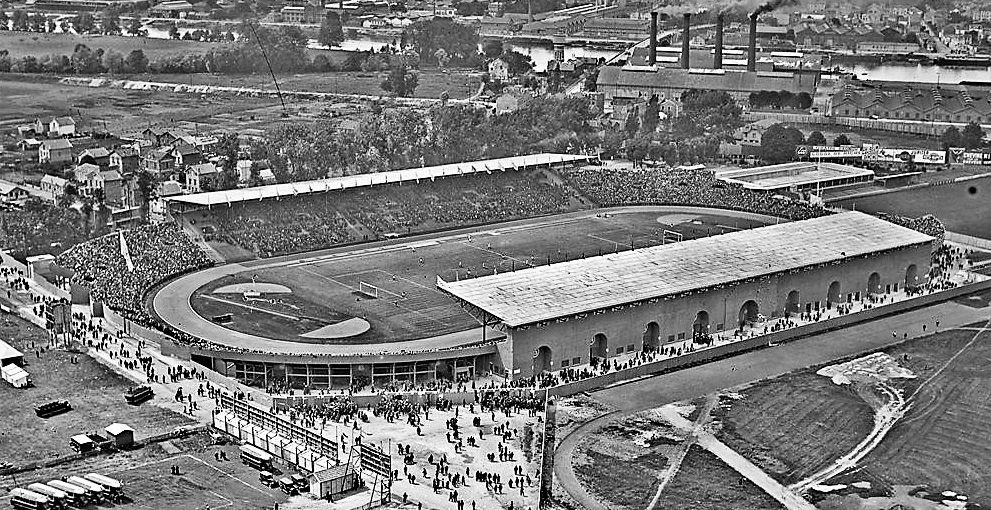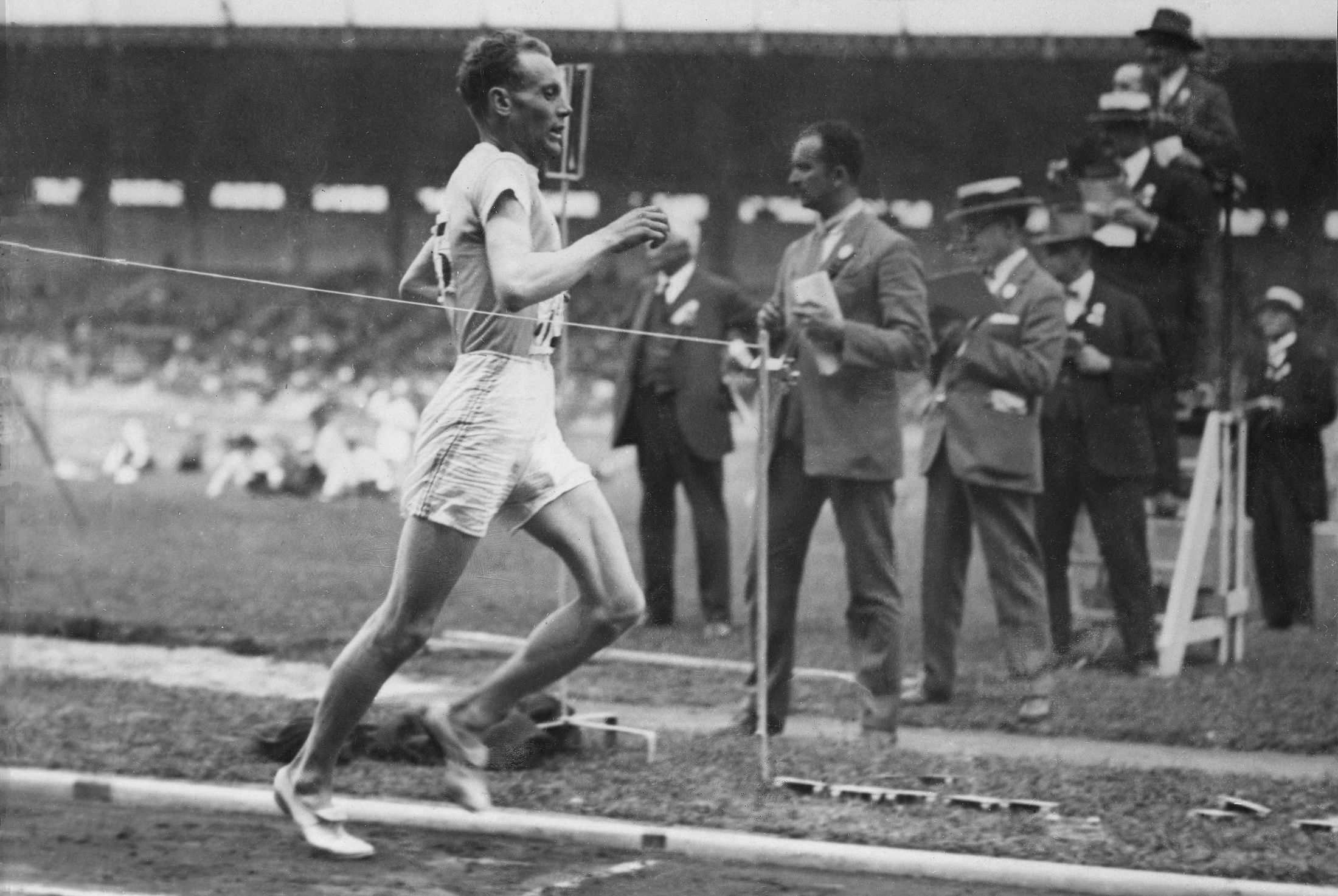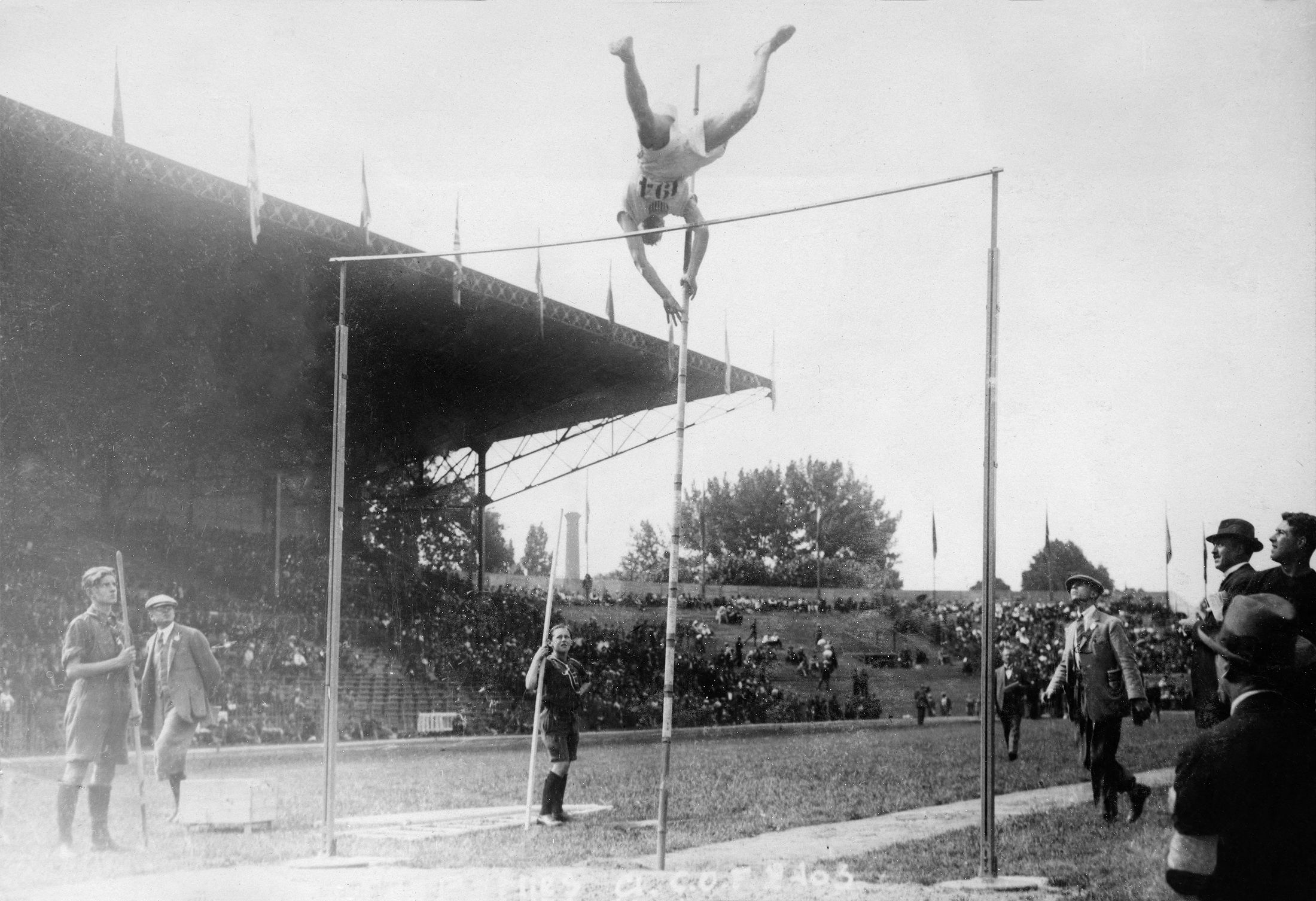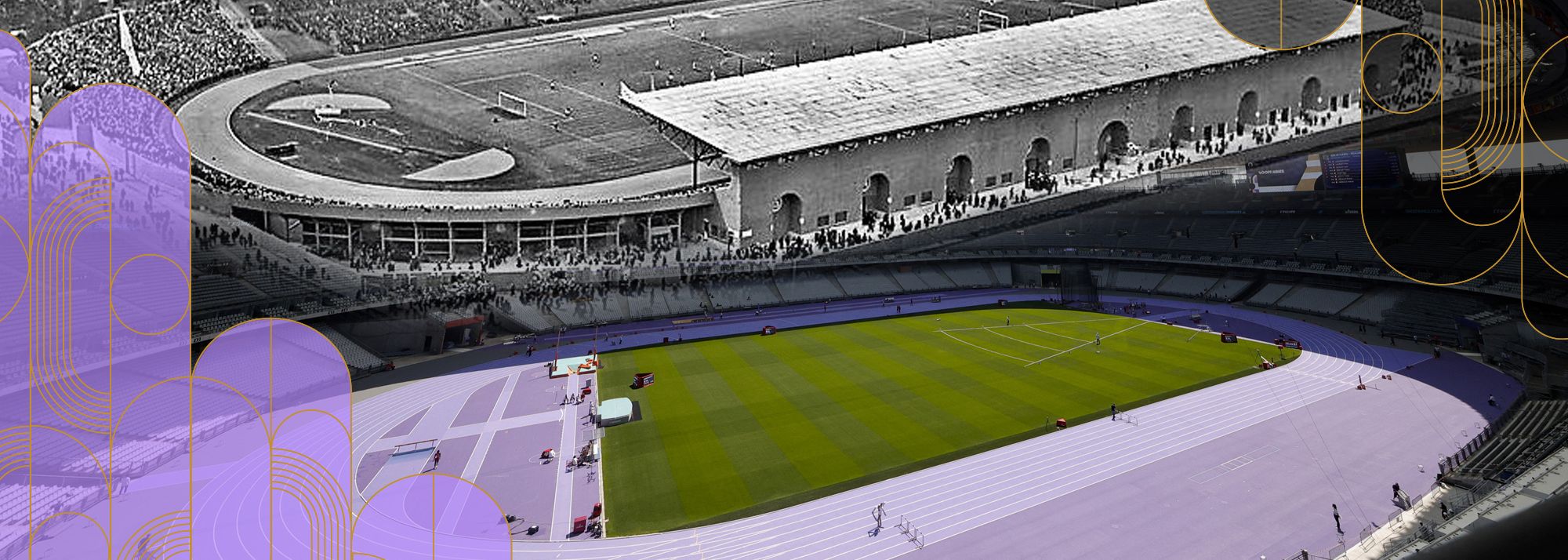The 1924 and 2024 Olympic Stadiums
In just a few days’ time, Paris will host the Olympics for the third time, exactly 100 years after the French capital last staged the Games.
Much has happened in the sport over the past 10 decades, so in this mini series leading into this year’s Games, we’ll reflect on some of the bigger developments in athletics between 1924 and 2024, continuing with a look at how equipment and technology have evolved.
--
The Parisian track on which Harold Abrahams, Eric Liddell and Paavo Nurmi struck gold at the ‘Chariots of Fire’ Olympics in 1924 was a dull, unresponsive ash-grey cinder.
The surface on which Faith Kipyegon, Noah Lyles and co will be chasing gold at the 2024 Olympic Games at Stade de France will be a vivid purple rubberised Mondo all-weather track, providing shock absorption, energy storage and energy return.

The 1924 Olympic Stadium
The top layer is compressed when an athlete’s foot hits it, absorbing the impact and converting the stored energy into forward momentum, minimising impact and vibration. It has been made with 50% renewable and non-fossil products.
Back in 1924, before starting blocks came into use, sprinters had to carry trowels with them so that they can dig out holes on the track for their start. The athletes were also recorded by a bank of timekeepers clutching stopwatches.

Sprinters at the 1924 Games would dig out holes on the track from which to start (© AFP / Getty Images)
Their Olympic successors in 2024 will get to their marks in metal starting blocks hooked up to an electronic timing system.
In 1924 athletes were separated in their lanes by low ropes stretching the full length of the home straight. They wore black or brown leather spikes and were clad in heavy cotton T-shirts and knee-length shorts.
The Paris Olympians of 2024 will have the benefit of synthetic shoes, many with carbon fibre plates and stacked soles.
• Explore more of the sport's history in the Museum of World Athletics
The advance in footwear has been pronounced in distance events. For many decades after the 1924 Olympics, leading marathon runners wore the most basic of footwear. Some, like 1960 and 1964 Olympic champion Abebe Bikila, ran barefoot.

Time keepers at the finish line as Paavo Nurmi competes at the 1924 Olympic Games (© AFP / Getty Images)
The Olympic marathon runners of 2024 will have a considerably more cushioned ride around the streets of Paris.
They will be clad in figure-hugging Lycra and will have tracksuits made of similar material. The Olympians of 1924 entered the arena in dressing gowns or blazers.
Perhaps the most pronounced advance in terms of equipment can be seen in the pole vault.
By 1924, most vaulters had transitioned from ash to bamboo poles but that gave them minimal elevation or bend. Lee Barnes of the US took the gold in Stade Colombes with a clearance of 3.95m.

Lee Barnes in the pole vault at the 1924 Olympic Games (© AFP / Getty Images)
Vaulters of today use bespoke fibreglass poled adapted to their own style and requirements. Mondo Duplantis has taken the world record up to 6.24m.
Like high jumpers, they also had to drop into shallow sandpits rather than thick foam landing pits.
The encircling track at Stade Colombes was 500m in circumference and had six lanes – three fewer than the 400m purple oval at Stade de France.
Simon Turnbull for World Athletics




